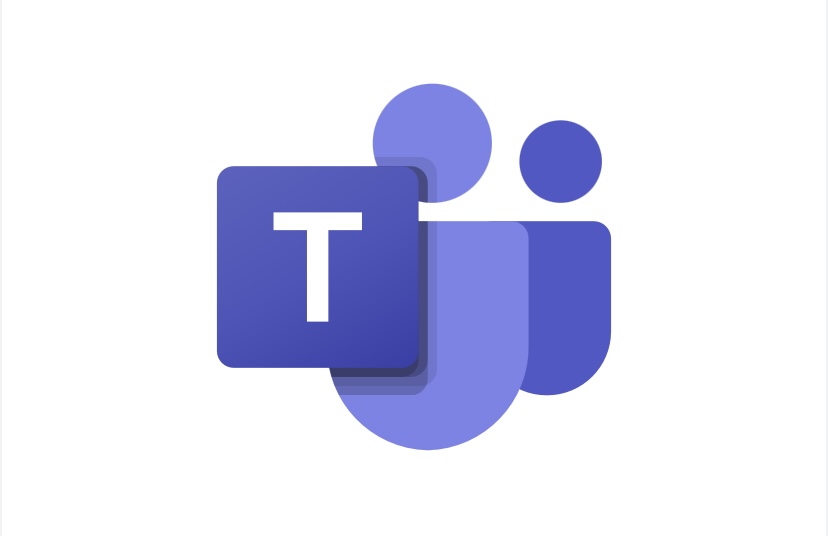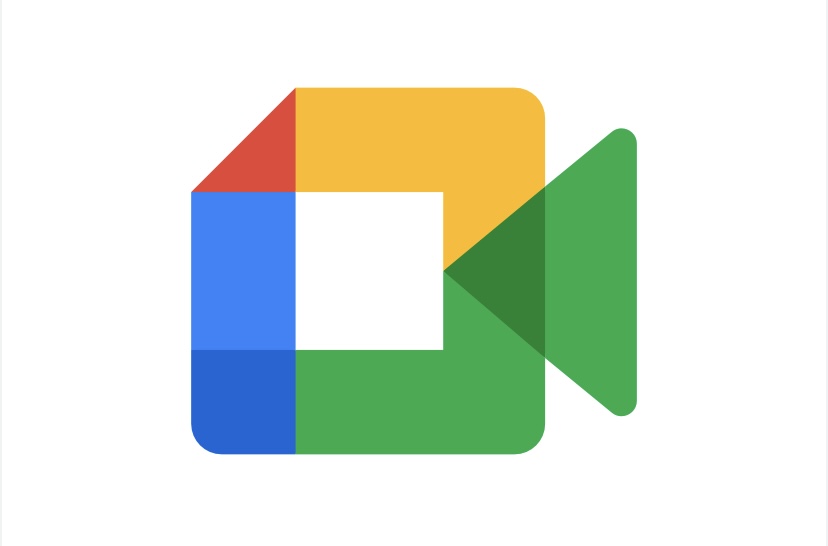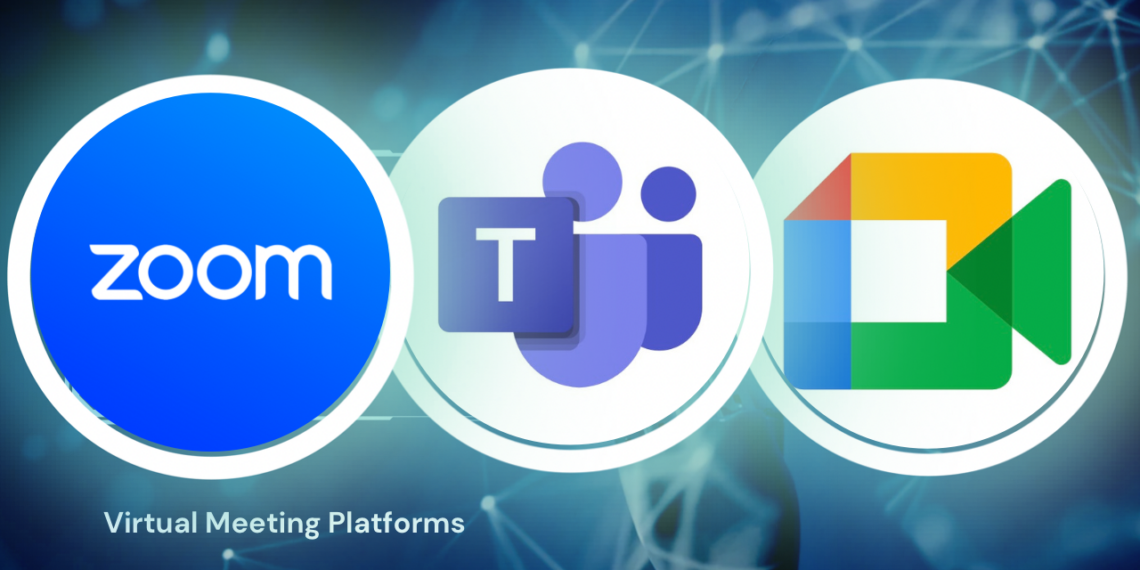The demand for robust virtual meeting platforms has skyrocketed with three prominent collaboration tools in this arena – Zoom, Microsoft Teams, and Google Meet.
These platforms have emerged as go-to solutions for remote collaboration, so, let’s analyze their features and functionalities, shedding light on how they shape the remote work landscape.
Zoom: Where Simplicity Meets Versatility

Zoom’s hallmark is its user-friendly interface, making it accessible to both tech-savvy professionals and those new to remote collaboration.
Video Conferencing: Zoom’s high-definition video and audio quality stand out. It supports large meetings and webinars, making it a popular choice for businesses of all sizes. Virtual backgrounds and touch-up filters enhance the meeting experience.
Screen Sharing: Sharing screens on Zoom is a breeze. From desktops to mobile devices, participants can effortlessly share their screens, fostering real-time collaboration. Zoom allows sharing a specific application or even just a portion of the screen
Integrations: Zoom offers integrations with popular productivity apps like Slack, Trello, and Google Drive. This seamless connectivity streamlines workflow management.
Security Measures: Zoom has addressed security concerns that surfaced in its early days. Features like end-to-end encryption, meeting passwords, and waiting rooms ensure meetings remain secure.
Microsoft Teams: The All-in-One Collaboration Hub

Microsoft Teams is part of the Microsoft 365 suite, making it a comprehensive solution for businesses deeply integrated into the Microsoft ecosystem.
Video Conferencing: Teams supports video meetings for up to 300 participants. Its integration with Outlook simplifies scheduling.
Screen Sharing: Teams offers screen sharing with features like annotation and remote control, enhancing collaborative efforts during meetings. Users can share their entire screen or specific windows, with a built-in whiteboard feature.
Integrations: The strength of Teams lies in its integration with Microsoft’s suite of tools including SharePoint, OneDrive, and Outlook. Seamless transitions from chats to document editing in Word or Excel are a big plus.
Security Measures: Teams adheres to Microsoft’s robust security protocols, ensuring data remains protected. Multi-factor authentication and data loss prevention are notable features. It encrypts data both in transit and at rest, and allows for granular access controls, ensuring data protection.
Google Meet: The G Suite Companion

Google Meet is Google’s answer to remote collaboration, designed to complement its G Suite of productivity apps.
Video Conferencing: Google Meet offers high-quality video meetings for up to 100 participants, with features such as real-time captions and noise cancellation.
Screen Sharing: Screen sharing in Google Meet is straightforward. It enables screen sharing with options to choose between sharing the entire screen or only specific tabs or applications.
Integrations: While Google Meet may have fewer integrations than its competitors, its strength lies in its connection to Google Drive and other G Suite apps, enabling efficient scheduling and file sharing and seamless document collaboration.
Security Measures: Google Meet’s security features include encryption in transit and at rest, as well as security measures like meeting locks and meeting moderation controls to prevent unauthorized access to meetings.
The Changing Work Landscape
As the COVID-19 pandemic forced organizations around the world to adopt remote work policies, these virtual meeting tools became essential for business continuity. They enabled teams to collaborate effectively, ensured continued communication with clients, and facilitated online education and training.
Even as the world gradually returns to normalcy, remote work is here to stay. The remote collaboration tools provided by Zoom, Microsoft Teams, and Google Meet will continue to play a vital role in shaping the future of work.
In conclusion, Zoom, Microsoft Teams, and Google Meet are all powerful remote collaboration tools, each with its unique features and strengths. The choice of which tool to use ultimately comes down to individual requirements and preferences.













Comments 1